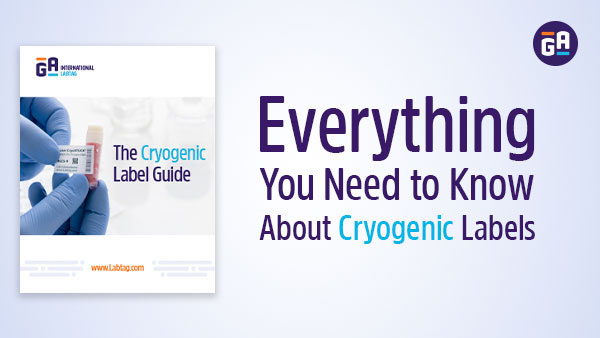Members Login

Channels
Special Offers & Promotions
Everything You Need to Know About Cryogenic Labels
The Cryogenic Label Guide
This guide is for anyone working in a biobank or laboratory seeking a comprehensive and reliable way of identifying and tracking biological samples destined for long-term cryogenic storage in liquid nitrogen or ultra-low temperature freezers.
The guide should impart the reader with a deeper understanding of the many attributes of a cryogenic label, the thought process behind choosing a label, the selection of labels in the LabTAG catalog, and how to integrate it all within your process.
Note that all the labels and tapes listed in this guide are rated to resist to liquid nitrogen (-196°C) unless specified otherwise (at -80°C).
Why Cryogenic Labels are Critical
Storage in liquid nitrogen and laboratory freezers poses a risk to accurate sample identification, as specimen labels can detach or become smudged and/or faded. It’s important to choose labels made for a specific application to avoid label failure.
The Process of Choosing a Cryogenic Label
When choosing a cryogenic label, there are certain questions that need to be addressed. This includes the container that will be labeled, what level of cold storage it will be subjected to, and any special features or requirements that the label must have. Labels are made in various sizes and configurations, depending on whether your labeling, tubes, vials, boxes, plates, racks, or straws. Furthermore, the cryogenic storage location and duration need to be taken into account as long-term storage in liquid nitrogen tanks will require a more durable label solution than short-term refrigerator storage. The printing method should also be considered, as cryogenic label options exist for direct thermal, thermal-transfer, and laser printers. Finally, this guide will also discuss special features, as well as possible integration with laboratory management systems.
Request Free Cryogenic Label Samples
Media Partners



